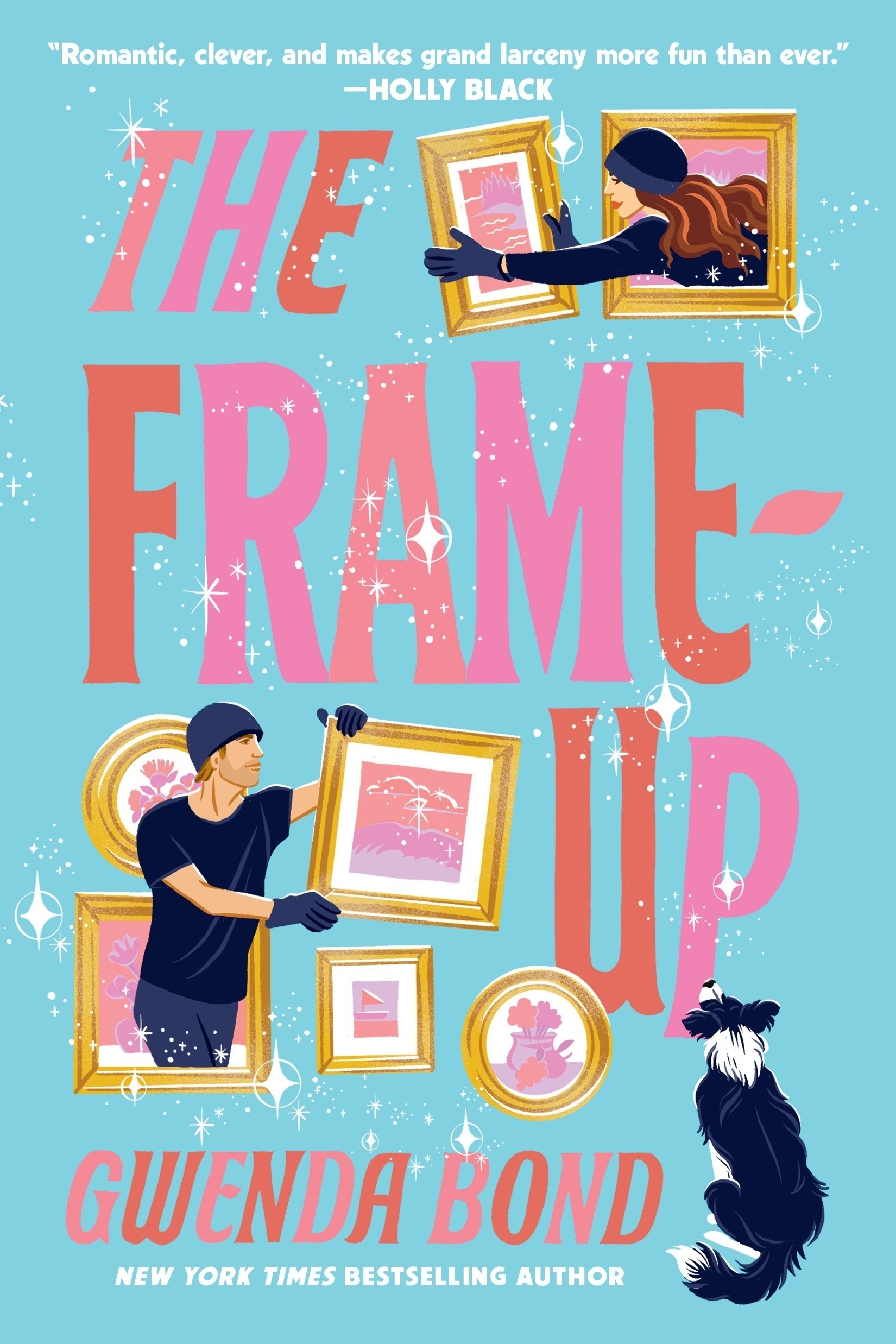
Finished reading: Dark Desires After Dusk by Kresley Cole 📚
🌶️🌶️🌶️🌶️🌶️ I tore through this one so fast. I think it might partly be because the heroine is a PhD candidate.

Finished reading: Dark Desires After Dusk by Kresley Cole 📚
🌶️🌶️🌶️🌶️🌶️ I tore through this one so fast. I think it might partly be because the heroine is a PhD candidate.

Finished reading: Dark Needs at Night’s Edge by Kresley Cole 📚
My favorite Immortals After Dark book so far. A burlesque dancer becomes a ballerina, ends up a ghost, and falls in love with a vampire who is trapped in the New Orleans Gothic manor that she haunts. 🌹👻🩰

Finished reading: Wicked Deeds on a Winter’s Night by Kresley Cole 📚
🌶️🌶️🌶️🌶️🌶️ as always. Werewolves continue to not be my thing but I love witches.

Finished reading: No Rest For The Wicked by Kresley Cole 📚
Listen, all these Immortals After Dark books are 🌶️🌶️🌶️🌶️🌶️, okay? That’s just what’s up. I like this one better than the one that came before it, definitely more my vibe.
📚🗨️ “This union was supposed to be for eternity—it followed that their courtship would be extended.” - Kresley Cole, No Rest for the Wicked
See, that’s why W and I were together for 10 years before we got engaged. ("‘Til death do us part" is for quitters.)
📚 This is your reminder that The Frame-Up by Gwenda Bond is out today!


Finished reading: A Hunger Like No other by Kresley Cole 📚
Incredibly high spice level, all the chili pepper emoji 🌶️! A Valkyrie/vampire hybrid and a werewolf (there wolf) fall in love. I’m reading this as I listen along to the first season of Fated Mates.

Finished reading: Nacho y Lolita/Nacho and Lolita by Pam Muñoz Ryan 📚
Pam Muñoz Ryan won the Children’s Literature Legacy Award. This was where NoveList Plus recommended starting with her work.